
Bernardo Alberto Houssay was an Argentine physiologist. Houssay was a co-recipient of the 1947 Nobel Prize for Physiology or Medicine for discovering the role played by pituitary hormones in regulating the amount of glucose in animals, sharing the prize with Carl Ferdinand Cori and Gerty Cori. He is the first Latin American Nobel laureate in the sciences.

The University of Buenos Aires is a public research university in Buenos Aires, Argentina. Established in 1821, it is the premier institution of higher learning in the country and one of the most prestigious universities of Ibero-America. It has educated 17 Argentine presidents, produced four of the country's five Nobel Prize laureates, and is responsible for approximately 40% of the country's research output. The QS World University Rankings currently places the UBA at number 67, the highest ranking university in the Spanish-speaking world.
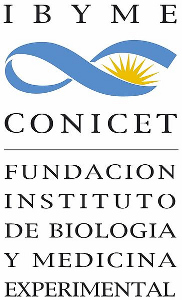
The Experimental Medicine and Biology Institute is a research and development centre affiliated to the University of Buenos Aires, in Buenos Aires, Argentina.

The National Atomic Energy Commission is the Argentine government agency in charge of nuclear energy research and development.

Guillermo Jaim Etcheverry is an Argentine physician, former rector of the Universidad de Buenos Aires (UBA).

Carlos Alberto de Barros Franco, is a Brazilian physician and professor, specializing in Pneumology. He graduated in 1971.
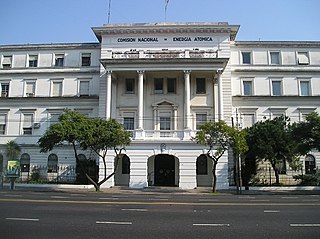
The most important aspects of science and technology in Argentina are concerned with medicine, nuclear physics, biotechnology, nanotechnology, space and rocket technology and several fields related to the country's main economic activities. According to the World Bank, Argentine exports in high-technology are products with high R&D intensity, such as in aerospace, computers, pharmaceuticals, scientific instruments, and electrical machinery. Benefiting from Latin America's highest literacy rates since shortly after President Domingo Faustino Sarmiento made primary education universally available in the 1860s and 1870s, Argentine researchers and professionals at home and abroad continue to enjoy a high standing in their fields. Argentine Bernardo Houssay was the first Latin American awarded with a Nobel Prize in sciences. Educated in a National University, Houssay went on to establish Argentina's National Research Council, a centerpiece in Argentine scientific and technological development, fifty years on. Many other Argentines have contributed to scientific development around the world, though sometimes having to emigrate to do so. Probably for that, the Argentine education is referred as the Latin American docta, which originates from the Latin docta (learned). Argentina was ranked 73rd in the Global Innovation Index in 2021.
The Academia Argentina de Letras is the academy in charge of studying and prescribing the use of the Spanish language in Argentina. Since its establishment, on August 13, 1931, it has maintained ties with the Royal Spanish Academy and the other Spanish-language academies that are members of the Association of Spanish Language Academies. Since 1999, it has officially been a correspondent academy of the Royal Spanish Academy.
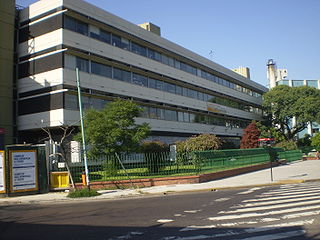
The Leloir Institute is a non-profit research center in Buenos Aires specializing in biochemistry, cellular biology, molecular biology, and related activities.

Salvador Mazza was a noted Argentine physician and epidemiologist, best known for his strides in helping control American trypanosomiasis, an endemic disease among the rural, poor majority of early 20th century South America.
The National University of the Arts, in Spanish: UNA - Universidad Nacional de las Artes, formerly known as IUNA - Instituto Universitario Nacional de las Artes, is an Argentine university established in 1993 as a Collegiate University, incorporation of various national institutions dedicated to the teaching of fine arts, and renamed in 2014 under the name UNA Universidad Nacional de las Artes, Argentina.
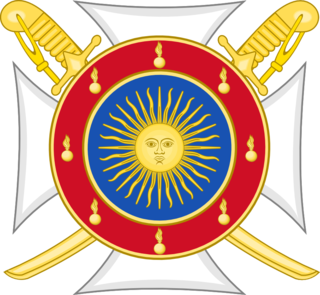
The San Martín National Institute is a cultural foundation in Buenos Aires dedicated to the legacy of General José de San Martín, the Liberator of Argentina, Chile, and Perú.

The Argentine Medical Association is the principal professional association of physicians in Argentina. It is a medical non-profit organization with headquarters in Buenos Aires.

Guenter B. Risse is an American medical historian. He has written numerous books, including his most recent "Driven by Fear: Epidemics and Isolation in San Francisco's House of Pestilence." The American Association for the History of Medicine awarded him the 1988 William H. Welch Medal for his book Hospital Life in Enlightenment Scotland and its Lifetime Achievement Award in 2005. He is Professor Emeritus, Department of Anthropology, History and Social Medicine, at the University of California, San Francisco, and currently Affiliate Professor of Bioethics and Humanities at the University of Washington in Seattle.

Alberto Carlos Taquini was an Argentine cardiologist, clinical researcher and academic.
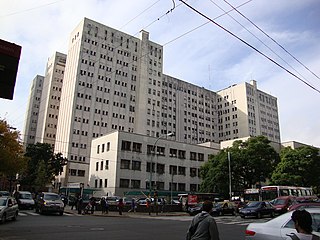
The Hospital de Clínicas "José de San Martín" is a teaching hospital located in Buenos Aires, Argentina. It belongs to the University of Buenos Aires (UBA) Faculty of Medical Sciences, currently the best ranked university in that country.

Rafael Radi is an Uruguayan biochemist and biomedical scientist that has extensively worked to elucidate molecular mechanisms by which free radicals, oxidants and nitric oxide participate in human pathologies. In particular, he has made relevant contributions to unravel how the signal transducing free radical nitric oxide can evolve into toxic species via the formation of secondary nitric oxide-derived oxidants. His work has characterized reactions of oxidizing species with biological targets, the role of mitochondrial dysfunction is the alterations of cellular redox homeostasis and the impact of these biochemical processes in disease states. He has studied the actions of synthetic compounds in redox-based therapeutics, including in cardiovascular and neurodegenerative diseases. This work has also contributed to understand the redox biology of host cell interactions with intracellular pathogens and the impact in the control of infectious diseases. His seminal paper related to the biochemical actions of peroxynitrite, a potent oxidant and nucleophile formed secondary to the diffusion-controlled reaction of nitric oxide with superoxide radicals together with Joe S. Beckman, Kent Bush and Bruce A. Freeman in 1991 has been selected as a JBC Classics due to its influence in the field.
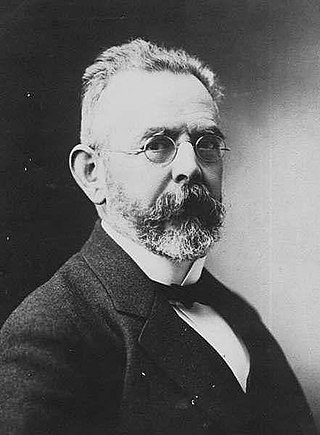
Roberto Enrique Martín Wernicke was an Argentine physician, embryologist, bacteriologist, educator and researcher. After training at the University of Jena in Germany, he returned to Buenos Aires, where he taught and practiced medicine for many years.

Otto Dörr Zegers. Medical Surgeon of the University of Chile (1961), Psychiatrist, (Graduate School of the Faculty of Medicine, University of Chile ; Doctor of Medicine Heidelberg University ; specialist in Psychiatry and Neurology, University of Heidelberg ; Specialist in Psychotherapy, University of Heidelberg Emeritus Professor of Diego Portales University, Master of Chilean Psychiatry and National Prize for Medicine in 2018, the paternity of the disease entity "Bulimia Nervosa". Dörr previously described it as “Secondary hyperphagia and vomiting syndrome in young women" in the Chilean Journal of Neuropsychiatry in 1972, an article that was published in English in the “International Journal of Eating Disorders".

The Faculty of Medical Sciences, formerly and commonly known as the Faculty of Medicine, is the medical school of the University of Buenos Aires (UBA), the largest university in Argentina. Established in 1822 as one of the UBA's earliest divisions, FMED is presently the largest medical school in Argentina, with over 24,000 enrolled students as of 2011.

















